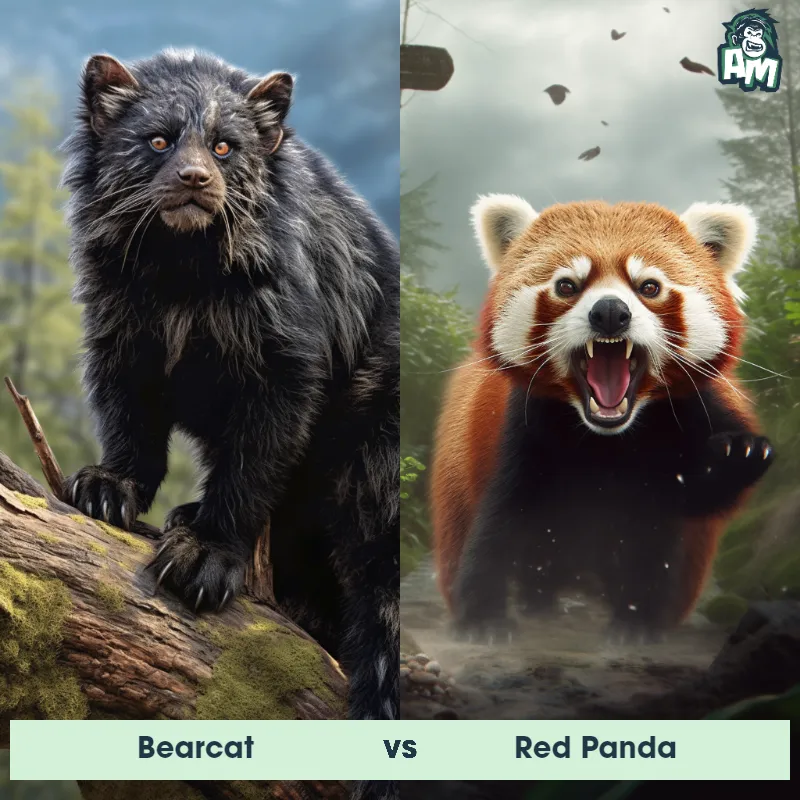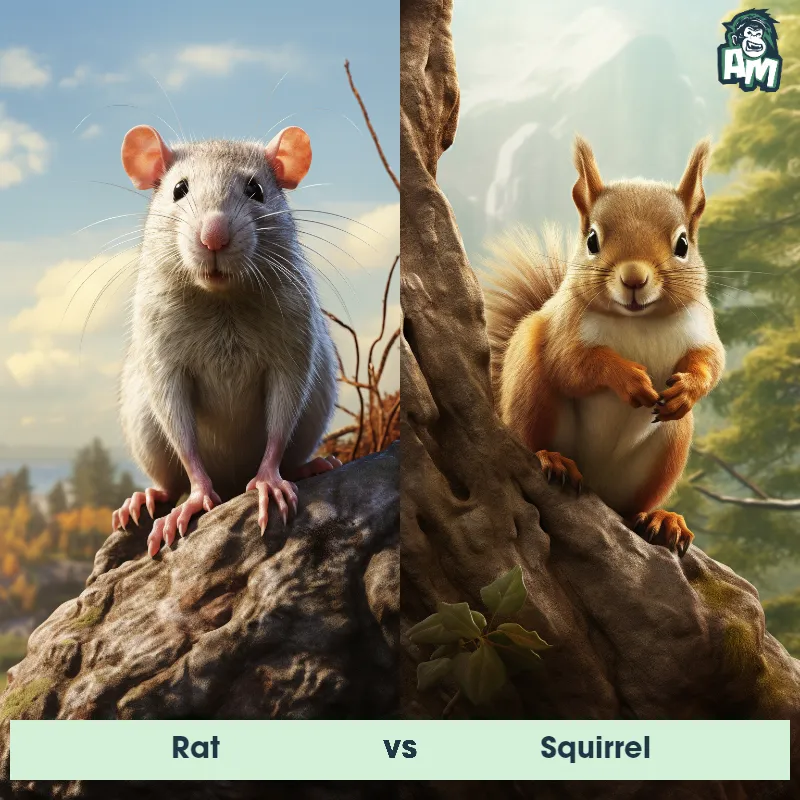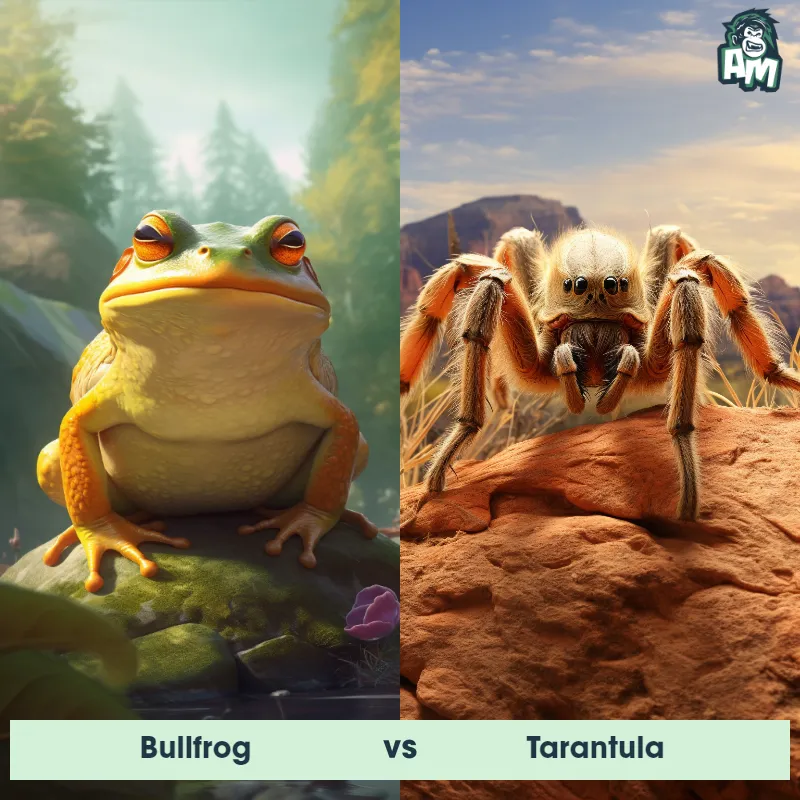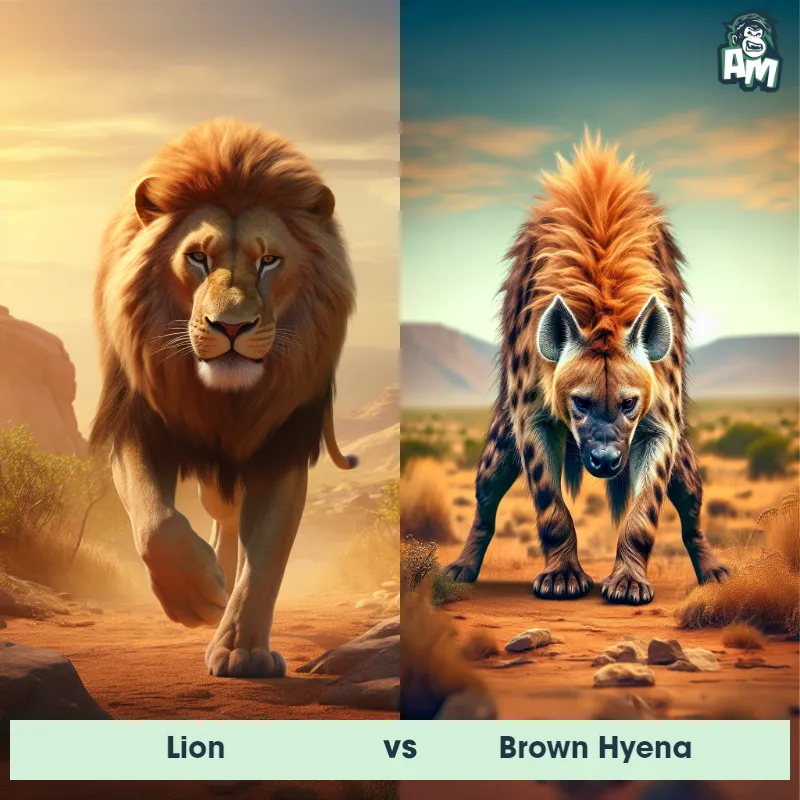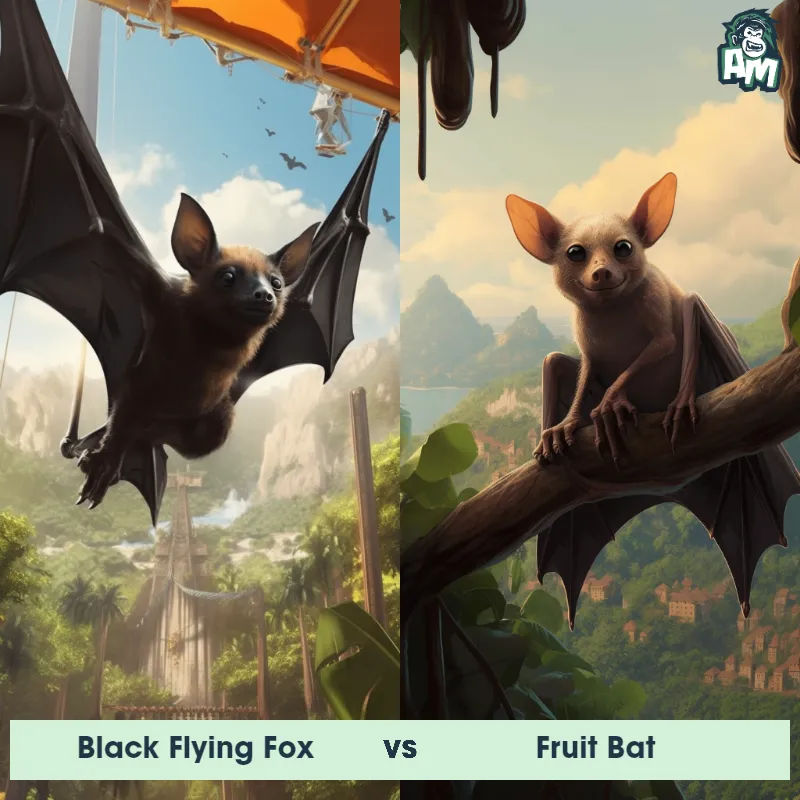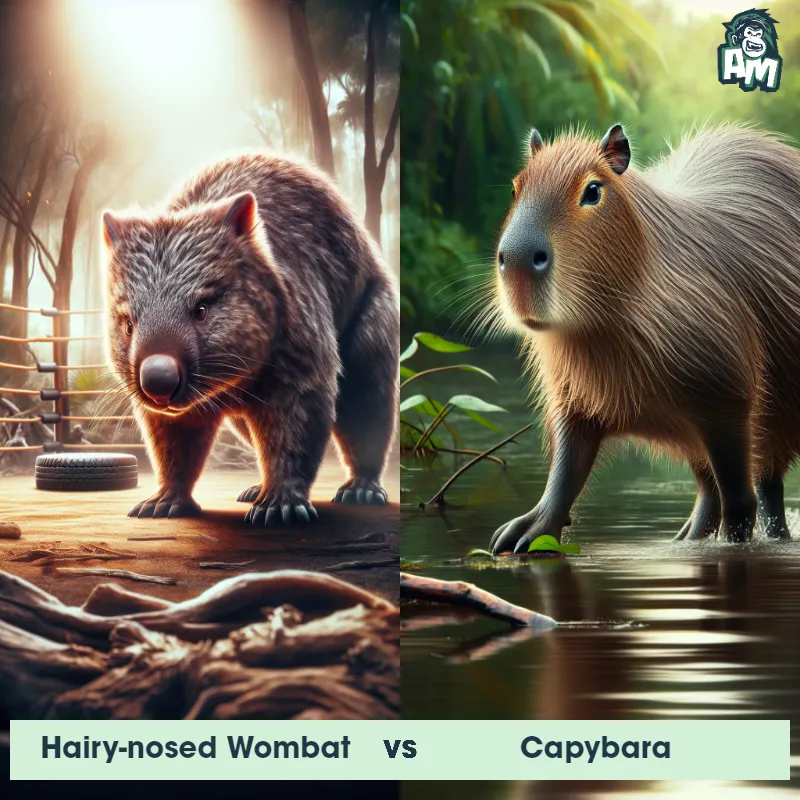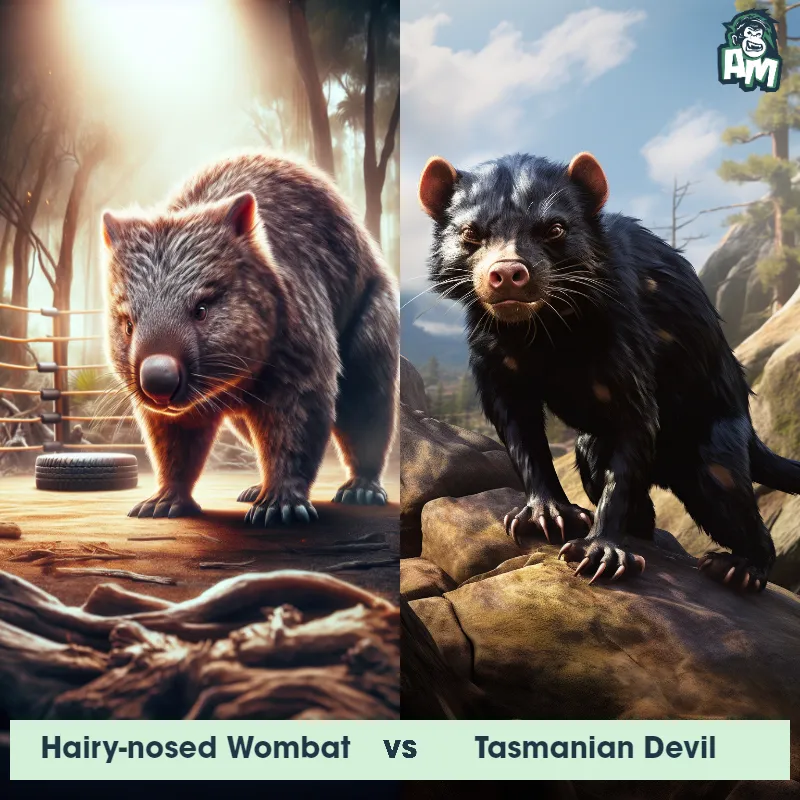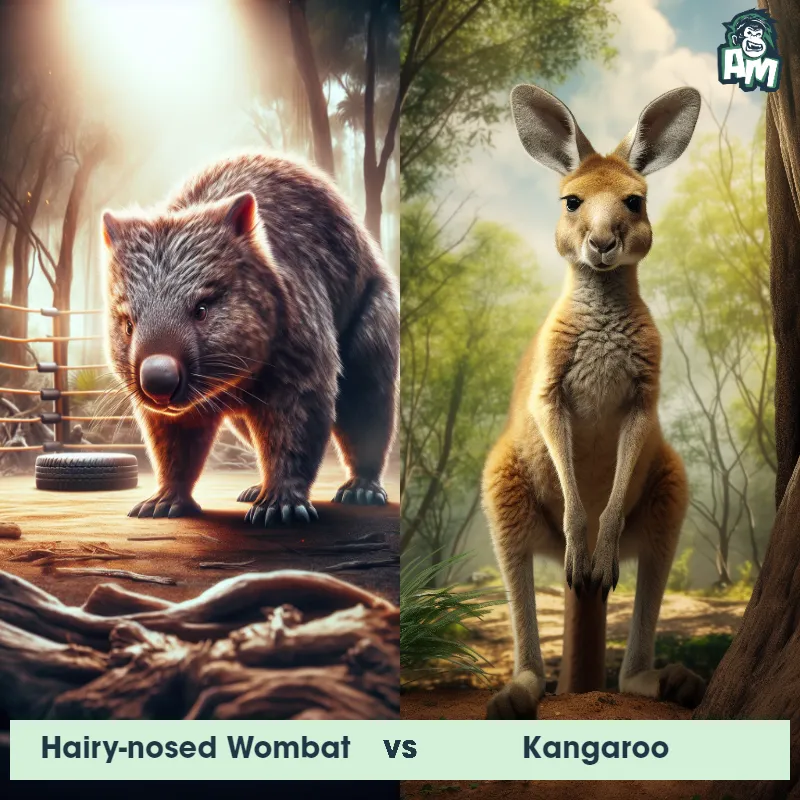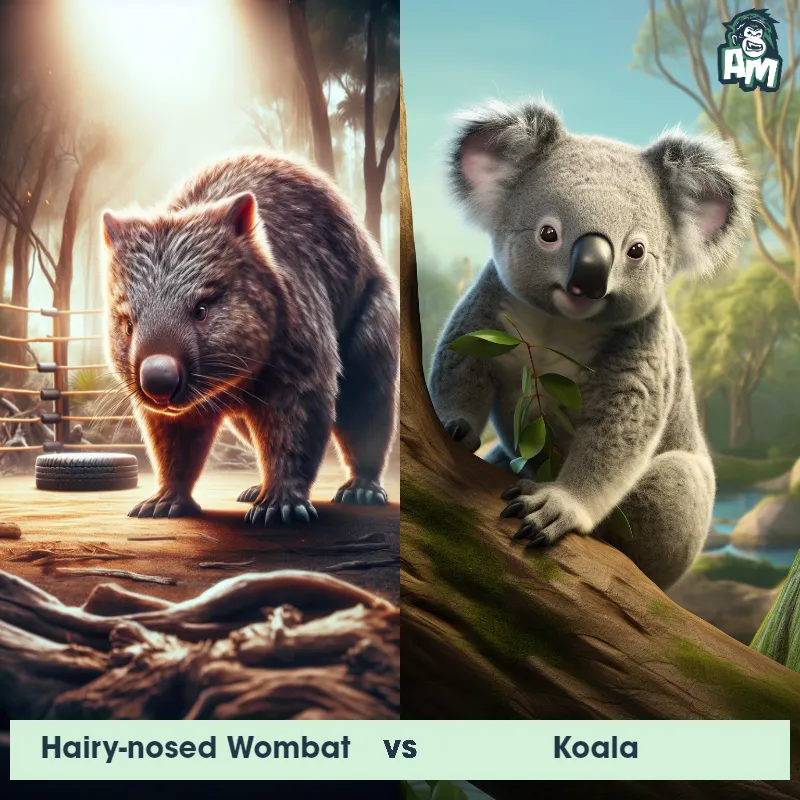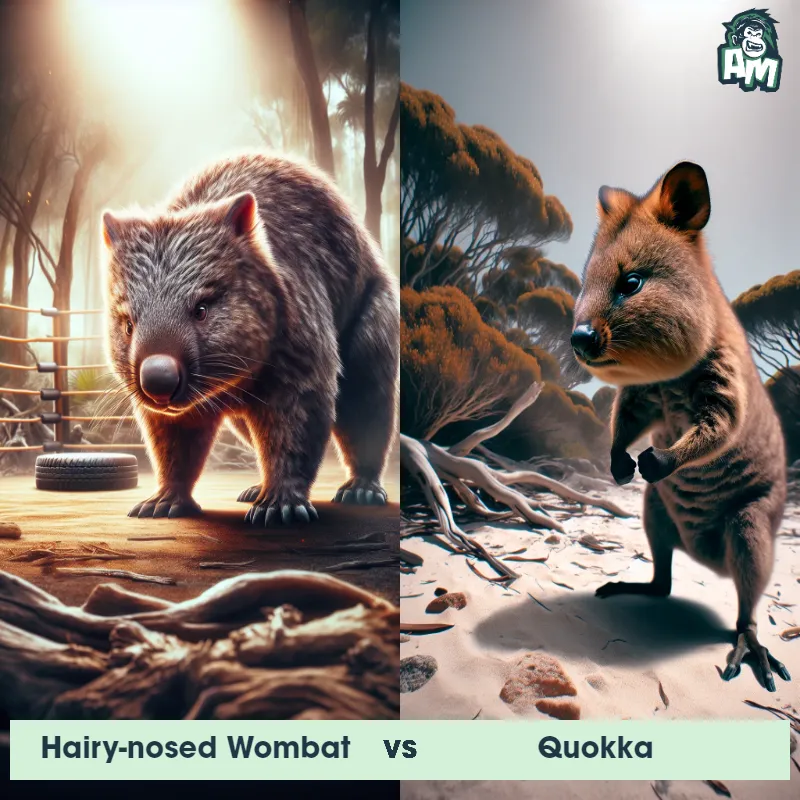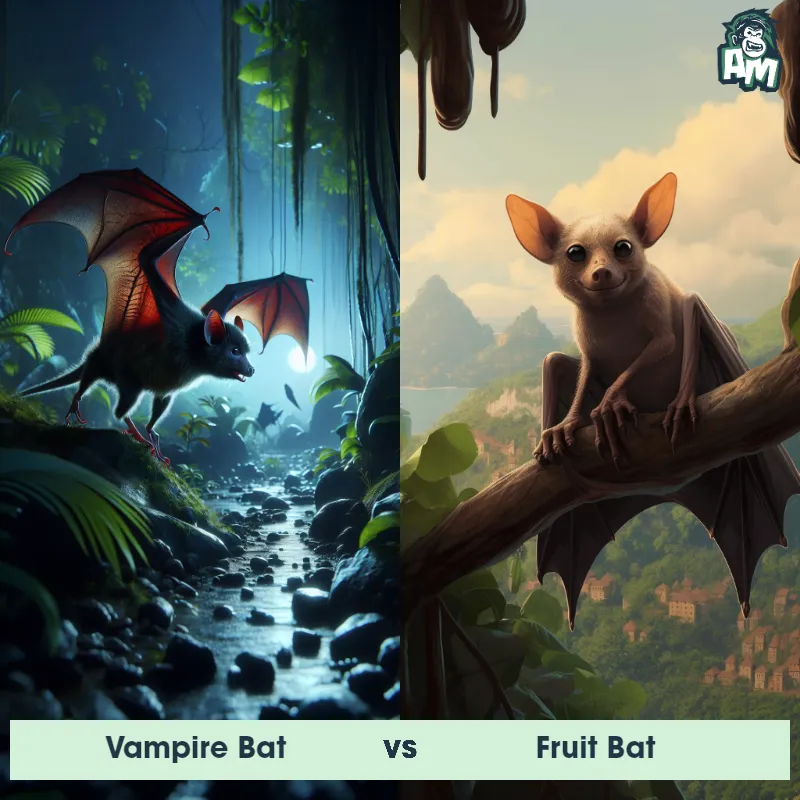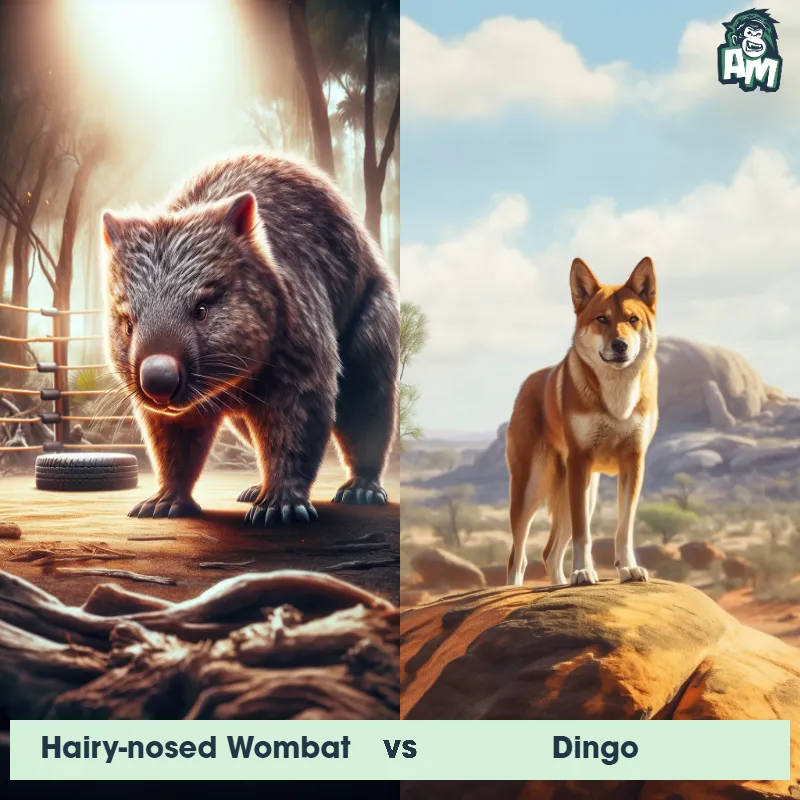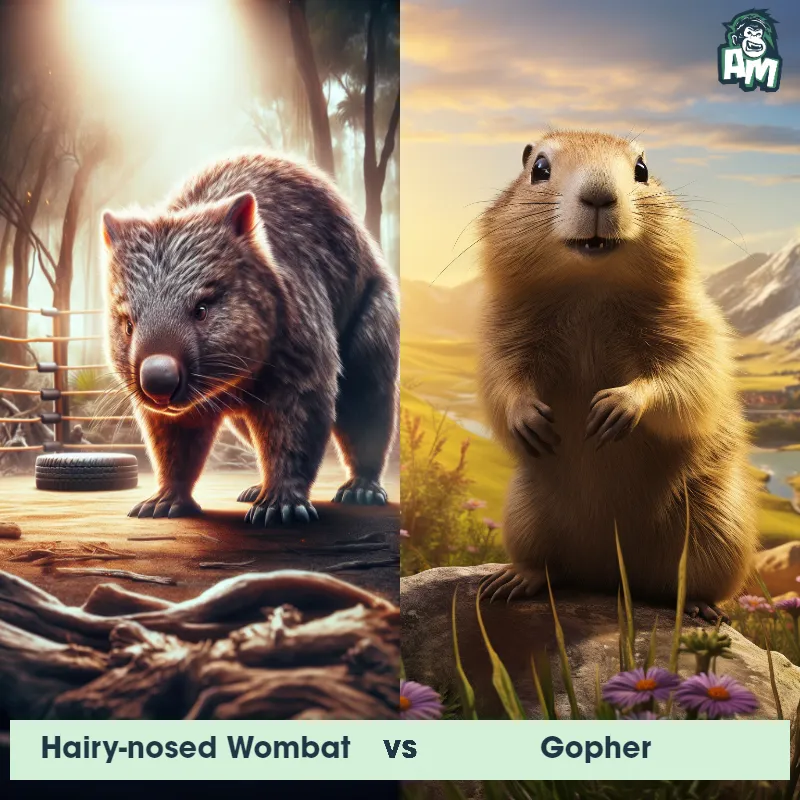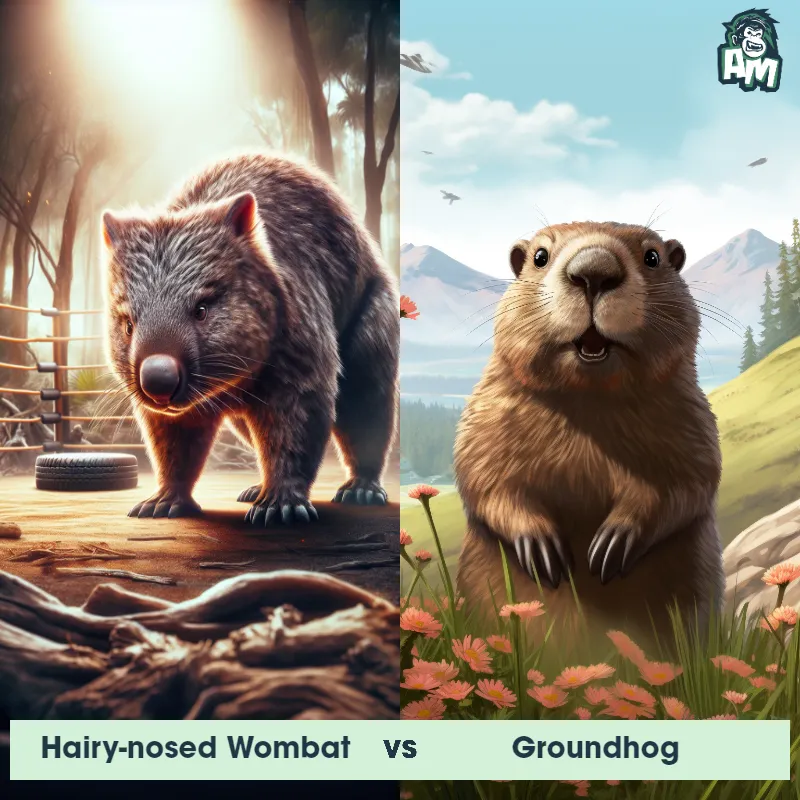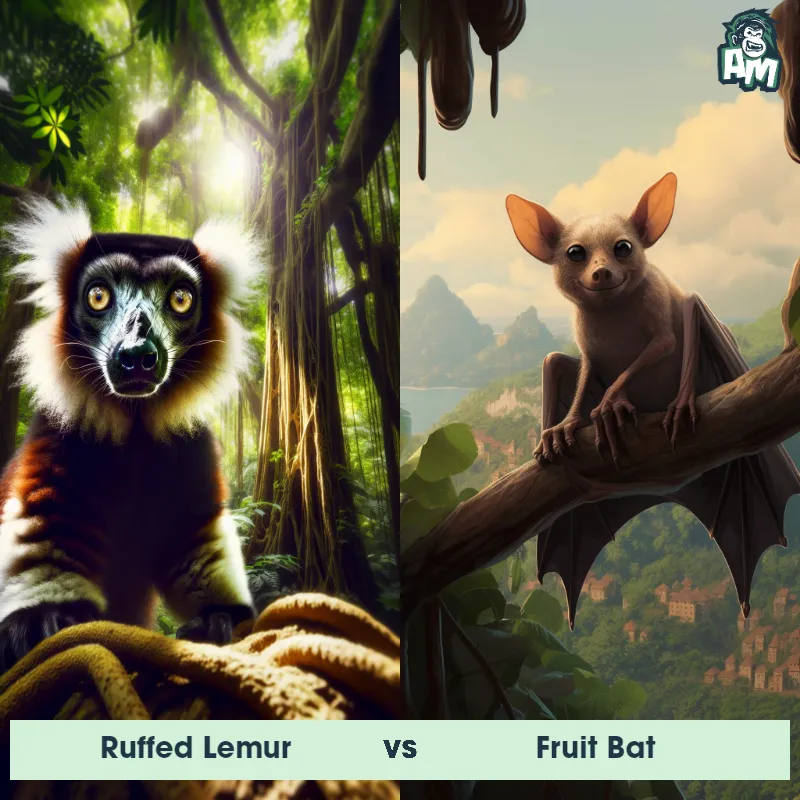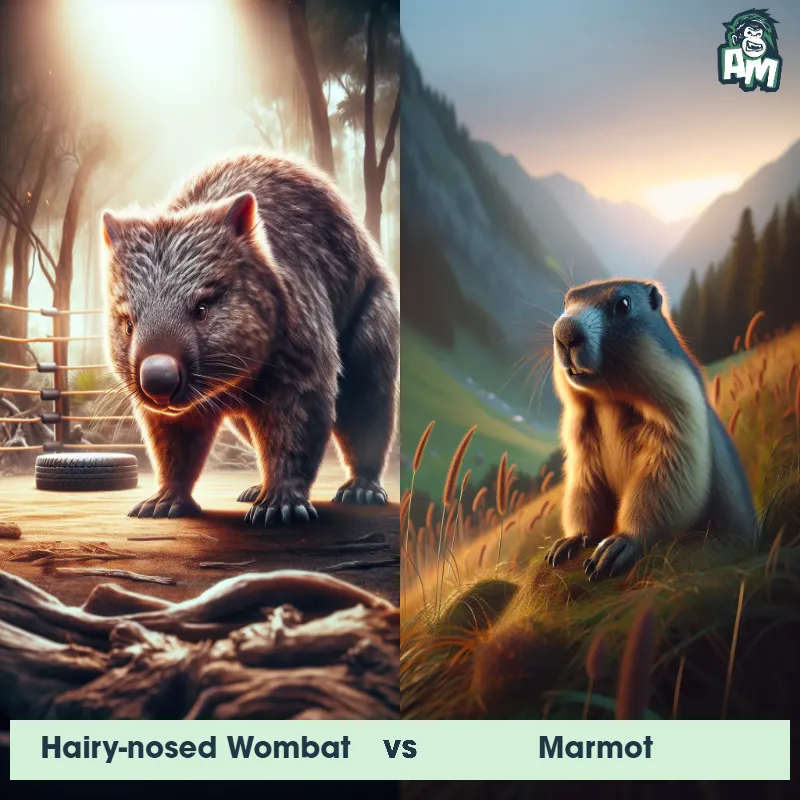Hairy-Nosed Wombat vs Fruit BatSee Who Wins

Ladies and gentlemen, welcome to this epic showdown between two unique creatures in the animal kingdom. In one corner, we have the Hairy-Nosed Wombat known for its powerful burrowing abilities and tough exterior. And in the other corner, we have the Fruit Bat, known for its agility and excellent flying skills. Let's see which one will come out victorious in this battle of strength and agility.
Contender 1: Hairy-Nosed Wombat
The Hairy-Nosed Wombat, also known as the Northern Hairy-Nosed Wombat, is a large marsupial found in Australia. It has a stocky build with short, strong limbs and a broad head. This species is characterized by its distinctive hairy nose and large, strong claws, which it uses for digging burrows. The fur is dense and coarse, ranging in color from sandy-brown to reddish-brown. Hairy-Nosed Wombats are nocturnal creatures and are known for their exceptional digging ability, constructing complex burrow systems that provide shelter and protection.
Fun Fact: The Hairy-Nosed Wombat is one of the rarest mammal species in the world, with estimates suggesting there are less than 200 individuals remaining in the wild.
Contender 2: Fruit Bat
Fruit Bats, also known as Flying Foxes, are a type of bat that are found in tropical and subtropical regions around the world. They are known for their large size, with some species having a wingspan of up to 5 feet. Fruit Bats have a unique appearance, with large eyes and a long snout that is adapted for eating fruit. They are also known for their ability to navigate using echolocation, which allows them to locate food and avoid obstacles in the dark.
Fun Fact: Fruit Bats are important pollinators and seed dispersers for many tropical plants, including bananas, mangoes, and figs.
Matchup Stats
| Hairy-Nosed Wombat | Fruit Bat | |
|---|---|---|
| Size | 35 inches (90 cm) | Wingspan up to 5 feet (1.5 meters) |
| Weight | 55 pounds (25 kg) | Up to 2.2 pounds (1 kilogram) |
| Speed | 25 mph (40 km/h) | Speed: 20 mph (32.19 km/hr) |
| Key Strength | Powerful jaws | Flight and sharp teeth |
| Biggest Weakness | Limited mobility/agility | Vulnerable to predators while roosting |
Current Votes
Hairy-Nosed Wombat vs Fruit Bat
See Who Wins
View More Matches
Looking For More?
Similar Matches
Scientific Stats
| Hairy-Nosed Wombat | Fruit Bat | |
|---|---|---|
| Scientific Name | Lasiorhinus krefftii | Pteropodidae |
| Family | Vombatidae | Pteropus |
| Habitat | Grassland and eucalyptus forest | Tropical and subtropical regions |
| Geography | Australia | Worldwide |
| Diet | Herbivorous, mainly grasses and roots | Fruit |
| Lifespan | 10 years - 15 years | 20 years - 30 years |
Key Differences between Hairy-Nosed Wombat and Fruit Bat
- Fur Texture: The Hairy-Nosed Wombat's fur is dense and coarse, while the Fruit Bat's fur is smooth and sleek.
- Size: The Hairy-Nosed Wombat is a significantly larger animal than the Fruit Bat, with the wombat weighing up to 80 pounds and the bat only weighing a few ounces.
- Wing Structure: The Fruit Bat has large, membranous wings that allow it to fly, while the Hairy-Nosed Wombat has no wings but instead powerful legs for digging burrows.
- Nose Shape: The Hairy-Nosed Wombat has a distinctive, hair-covered nose that it uses for digging, whereas the Fruit Bat has a more typical nose shape for a mammal.
- Habitat: The Hairy-Nosed Wombat is a ground-dwelling animal found in Australia, while the Fruit Bat is a flying mammal that roosts in trees in tropical regions around the world.
- Diet: The Hairy-Nosed Wombat is a herbivore and feeds on grasses and roots, while the Fruit Bat is a frugivore and primarily eats fruit.




